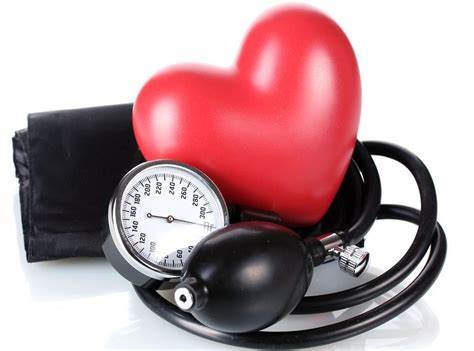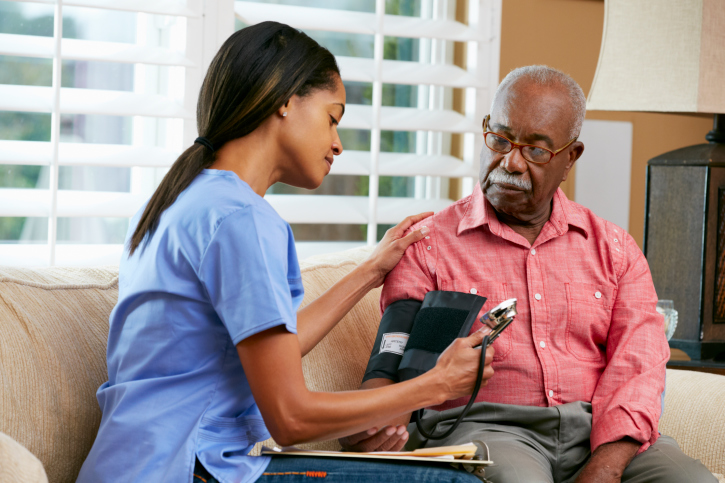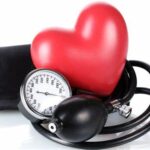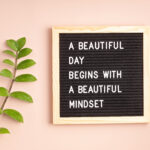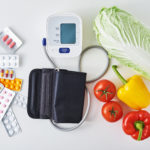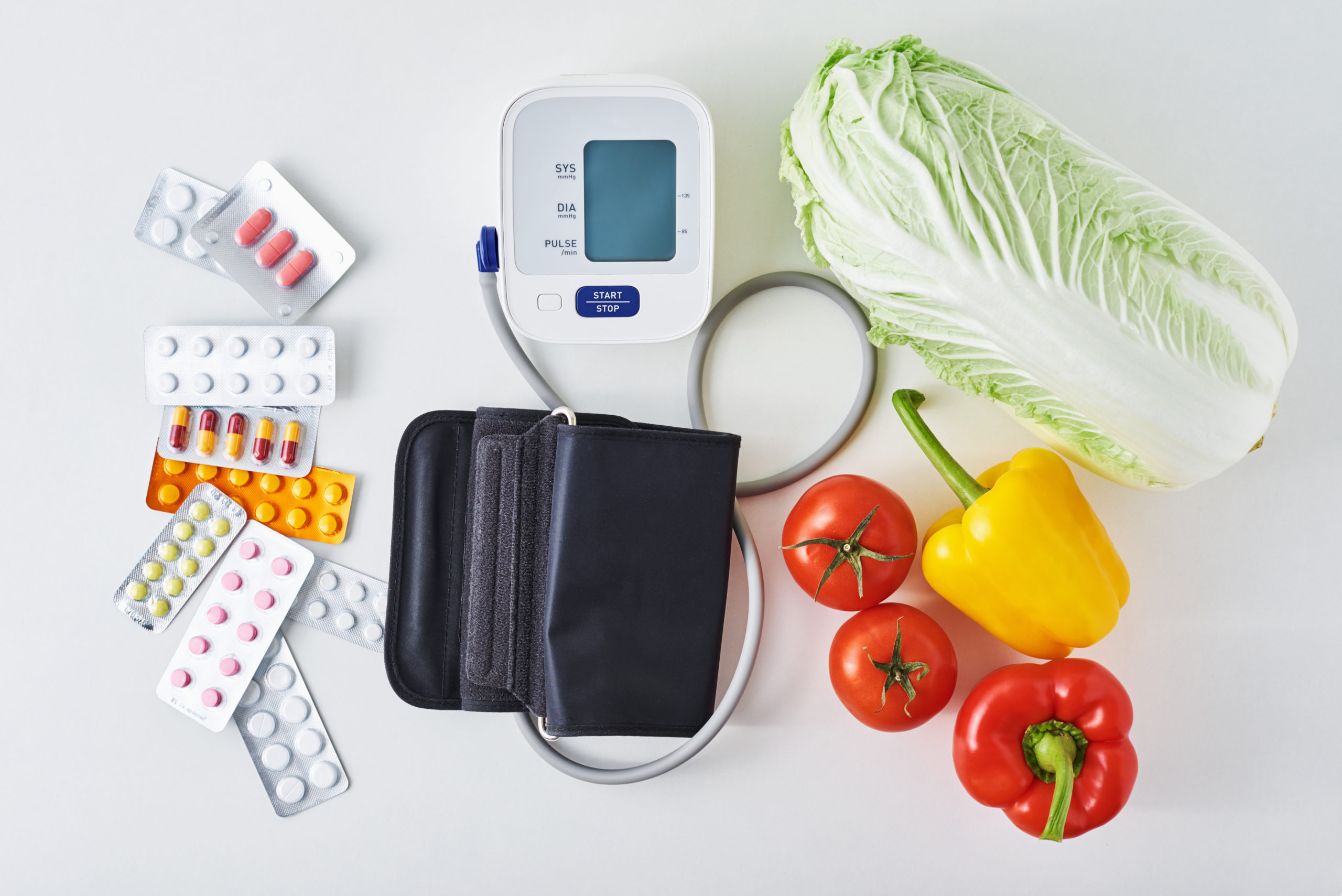
How to Lower High Blood Pressure Quickly
Lower Your High Blood Pressure Now
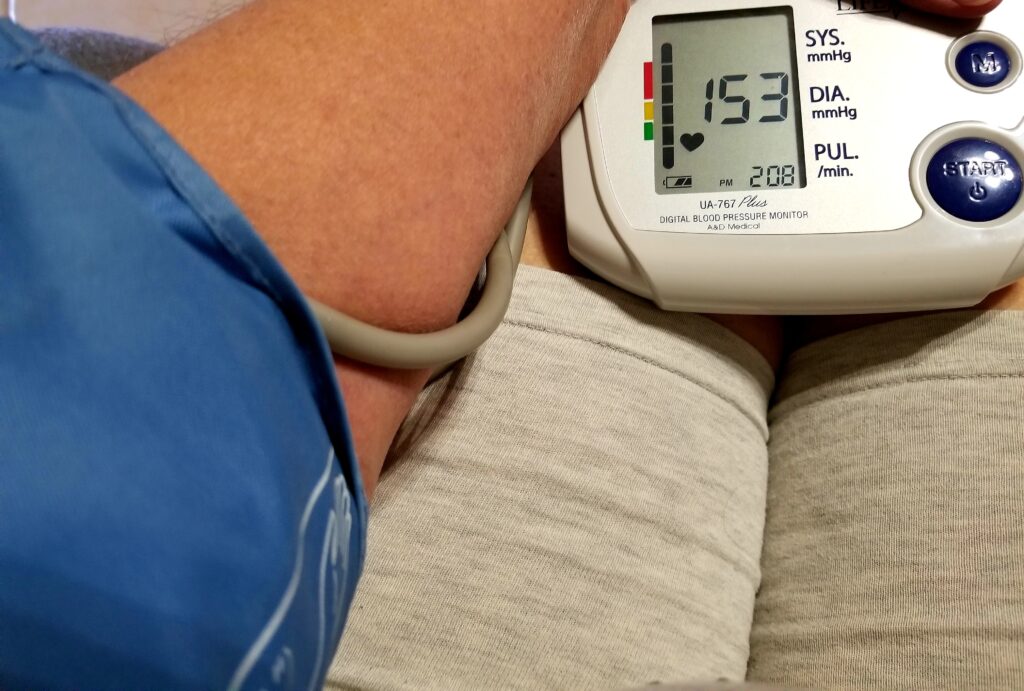
This article provides details on how to lower high blood pressure quickly. Many people want to take control of their high blood pressure but find the available options too complicated to follow. They know that high blood pressure is bad for their health. Consequently, they want to take action on their own for various reasons. These include a desire to have more control over their health or wellness.
They also fear potential side effects from conventional medications. Keep reading to learn how you can naturally lower your blood pressure by making a few lifestyle changes right now!
What Are High Blood Pressure Readings
Your blood pressure should be less than 120/80 mmHg. Pre-hypertension is defined as a systolic pressure (the first number in the reading) of 120-139, while the second number, or diastolic pressure, is between 80 and 89 mmHg.
Stage 1 hypertension is having a blood pressure of 140 to 159 mmHg and a diastolic pressure of 90 to 99 mmHg. Systolic or first readings of 160 mmHg or higher, and diastolic readings of 100 mmHg or higher, indicate stage 2 hypertension.
Blood pressure by the numbers
(SBP =Systolic Blood Pressure. DBP=Diastolic Blood Pressure; mmHg = millimeters of Mercury)
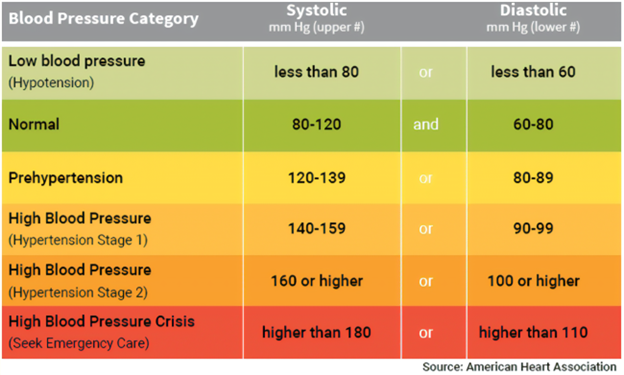
Take Steps Today to Lower High Blood Pressure Quickly
If you like to wait until the last minute to do things, you tend to procrastinate and don’t give yourself enough time to get things done. Remember that failure comes from not being ready. To lower your blood pressure naturally, start with a small plan and build on it slowly.
Step 1: Measure your blood pressure daily

An essential step to lower high blood pressure quickly is to take at-home measurements daily and track them. Even if you believe you are in perfect health, take action right now and check your blood pressure. To start, I suggest taking at least two measurements per day in addition to keeping a journal to record your readings. Equally as important, it would be best to mix up the times of the day you take the measurements to get more data on when your blood pressure rises and when it is lower.
How to take your blood pressure at home.
Step 2: Create your physical profile
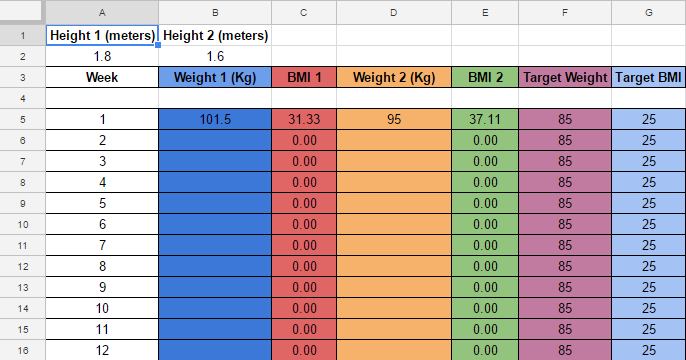
Your physical profile lists your height, weight, waist size, and BMI. Also included are your heart rate and lung capacity. These elements are crucial since you must be aware of your health status before doing strenuous exercise. Therefore your primary exercise regimen should consist of light to medium-intensity exercises, including pushups, jumping rope, dancing, and strolling.
Check with your doctor to ensure you are healthy enough to continue intense exercise as you age. For example, if you are more accustomed to vigorous activities like playing basketball, tennis, or baseball. Being physically active has the benefit of helping us burn off excess calories that would otherwise turn into fat and block our arteries.
Step 3: Learn how to adjust your diet to lower your blood pressure quickly
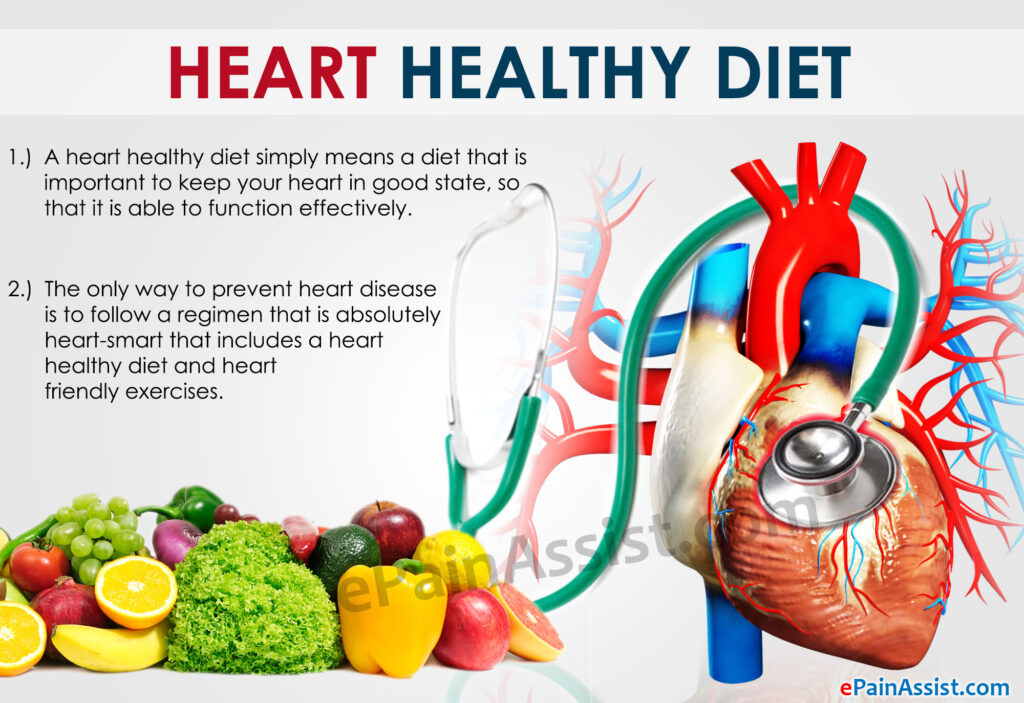
The issue most individuals have is that they frequently change their plans and become focused on experimenting with new healthy eating techniques. This is comparable to attempting to construct a home without ever moving beyond the design or plan.
First, you must select a straightforward plan and follow it if you are serious about lowering your blood pressure through a healthy diet. Find healthful foods you enjoy and consume them consistently. For example, celery can lower blood pressure. However, you only get the full benefits if you eat it daily, making this an unrealistic option.
Here are some general guidelines for adjusting your diet to lower your high blood pressure quickly.
- Adjust your daily diet to what meets your budget and makes you happy rather than following the newest sophisticated diet. Eating foods you are already familiar with makes the change easier. Try adding fresh healthier foods to your diet one at a time to find out what you like and don’t like. This way, you don’t waste a lot of time and money. Most people who start a new diet find it difficult to maintain and give up before noticing any real improvements because they try to do it all at once.
- Finding a method to eat healthier versions of food within your culture is one way to change your diet. The healthier versions include less sodium, calories, and fat.
For one thing, you have to discover strategies to modify your childhood eating patterns without going bonkers trying to track calories.
This is a straightforward yet effective strategy for maintaining healthy eating while being culturally considerate.
Different cultures have food categories and specialties that their members consume frequently.
- Reduce the servings or portions of your typical meal by half as a starting point. For example, let’s say that we want to minimize your energy consumption, in this case, by roughly half or a third. Also, use fruits and vegetables to fill the hunger voids.
Additionally, if you feel hungry, try snacking on nuts, drinking lots of water, or eating fruit. Also, please do not substitute soda for water.
- You can lower high blood pressure quickly by consuming foods high in fruits and healthy grains by roughly 13 mmHg. Of course, reducing saturated fat and cholesterol will also be a part of this. There is a lot of fiber in whole grains. Whole grains include brown rice, oatmeal, millet, and barley.
Step 4: Reduce sodium intake to lower your blood pressure quickly
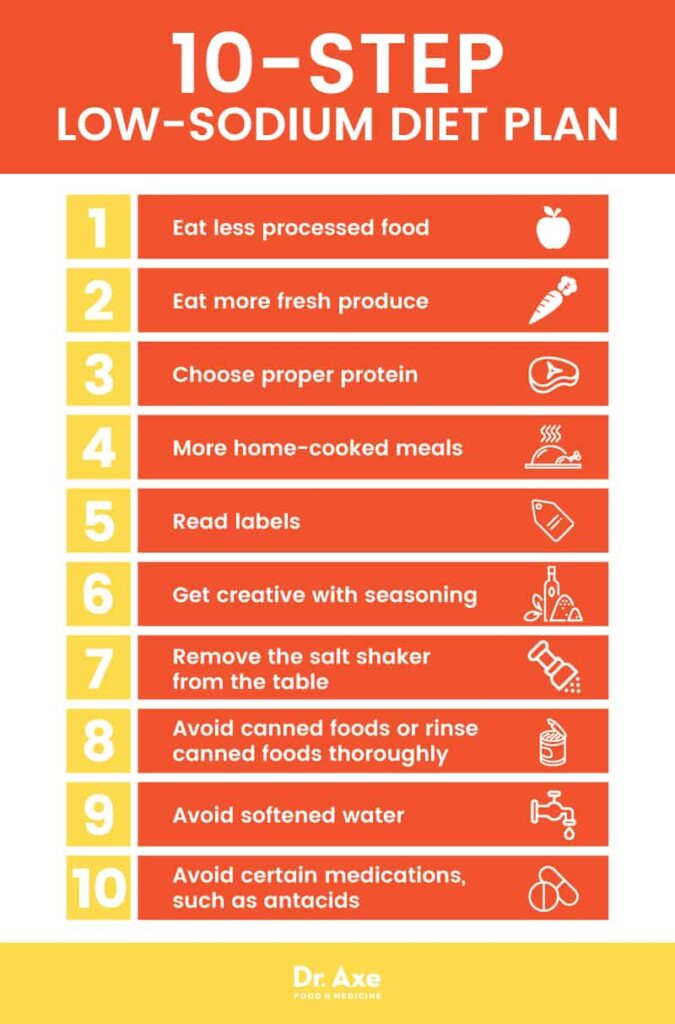
Most people with high blood pressure who want to cut back on salt only do one thing: stop adding salt to their food. As a result, their blood pressure is still high even though they have stopped adding salt to their food. This is usually disappointing because the food doesn’t taste as good, and they haven’t achieved their goal of lowering their high blood pressure quickly.
Most of the time, they haven’t accounted for other sodium sources. These sources include cooking salt and salt used to keep food fresh after being cooked. The first one is easy to figure out, but the second one will take some research.
Do you know how much salt is in a cooked burrito, pizza, or a piece of fish? We must be aware that all three have a lot of hidden salt.
Adding spices to your food instead of salt will taste better without giving you more sodium intake. After a period of adjustment, this becomes second nature, and one of the benefits of reduced sodium or salt intake is lowered blood pressure.
Best practices to use for reducing sodium intake
Since being diagnosed with heart disease six months ago, I have had to make many lifestyle changes. I used to look at nutrition labels to check calories, sugar, and fat. Now my main concern is sodium. I have found that sodium is in almost everything. My goal is to select food options with the lowest amounts of sodium.
Most people ignore the sodium content of foods, thinking it doesn’t matter. But they are wrong. When you compare a loaf of bread to a can of soda, you’ll see that each serving of bread has 150 milligrams of sodium. In comparison, each serving of soda has 65 milligrams of sodium. That is a lot of sodium for those small food items.
Did you know that the amount of salt a healthy person needs daily is only about 2300 milligrams? That’s about one level teaspoon of salt.
Make it a habit to read the nutrition facts on food labels. You will learn about the ingredients in your food and how to limit your sodium intake to 2300 mg or less a day. If you have high blood pressure or other things that put you at risk for heart disease, you should aim for 1500 mg daily, thus helping you lower high blood pressure quickly.
How much sodium should I consume to lower high blood pressure quickly?
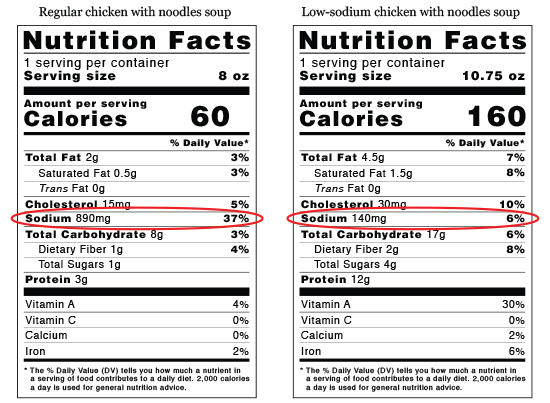
If you have high blood pressure and are over 40, you should try to eat less than 1500mg of sodium daily. The good news is that cutting down on sodium can lower your blood pressure by about 5mmHg.
Now, if you plan to eat about 1500 milligrams of sodium daily and start your day with ten slices of bread, you’ve already eaten 1500 milligrams of sodium. Then, the rest of the sodium you eat for the rest of the day will put you over your goal.
Low-sodium food has 140 mg of sodium or less per serving. Very low-sodium food has 35 mg of sodium or less per serving, and sodium-free food has 5 mg or less per serving. By reading the food facts, you can determine how much sodium each choice will add to your daily intake. This information will help you control how much sodium you eat and lower your blood pressure without trying too hard. Knowledge is power, after all. The more you learn about everyday things that can affect your health, the more you do about them, and consequently, the more power you will have to lower high blood pressure quickly.
Conclusion:
Even if you have trouble at the start, don’t give up. Lessen how much sugar and processed foods you eat. Have a snack made mostly of nuts and berries that you can eat when you get hungry while you are changing your diet. Be patient, understanding that change takes time. Growth happens over time.
Eat more berries, celery, garlic, bananas, pomegranates, fish, beans, dark chocolate, and brown rice. Cut down on the unhealthy foods and eat more vegetables and fruits. At each meal, eat an apple and drink two glasses of water.
Every day, work out. Walk and do some exercise every day. Even short sessions of light exercising will benefit you in the long run. Talk to friends and family. After all, talking with others about your plans can help you feel less stressed. The positive feedback they provide will motivate you when you need that extra push.
